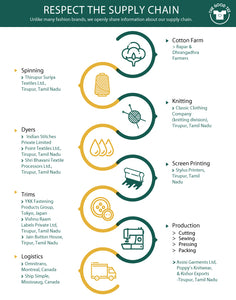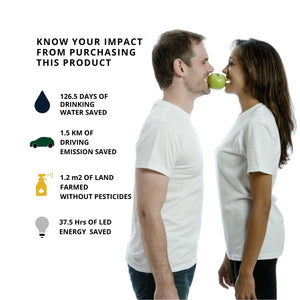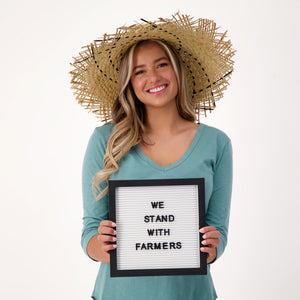The Water Crisis And What The Good Tee Is Doing About It

Hey Good Humans,
Picture a regular day, wake up, drink coffee, make your breakfast and take a shower. What if I said that you can have everything except one? Could you get through the day? You’re probably thinking- how difficult could that be? But what if I told you that one thing is WATER? A simple day becomes unimaginable right? Well, it’s getting real.
Surprisingly, like gold and oil, water is a commodity and it happens to be quite scarce. At the current consumption rate, this situation will only get worse. By 2025, two-thirds of the world’s population may face water shortages. And ecosystems around the world will suffer even more. According to the World Wild Life Fund, the ecosystems around the world will suffer even more. You might think that it’s a global issue that needs solutions on a bigger scale. However, we have all contributed to this state of shortage and we are the ones who have the power to fix it as well, just by tweaking our lifestyles a bit, slowly but steadily.
The clothing industry is the second largest polluter in the world. It takes more than 5,000 gallons of water to manufacture a T-shirt and a pair of jeans! Moreover, an estimated 17 to 20 percent of industrial water pollution comes from textile dyeing and treatment. We often turn a blind eye to these factors when making a purchase. But it also happens to be that one area where we can make a difference - just by making better choices. After all, water is the ultimate commodity and we need to treat it like one.
Here’s how The Good Tee is addressing the water crisis:
1. Water Treatment Plants Recycle Water
We are proud to say that our dyers are connected with a water treatment plant. The water-treatment plant recycles and reuses water runoff during the garment manufacturing process, which promotes the three R’s: Reduce, Reuse, and Recycle. To account for an increase in manufacturing in India, factories have turned to water-treatment plants to reduce the amount of water wastage that it entails.

2. Low Impact Dyes Are Gentler On The Planet
We use low impact dyes that reduce the impact on the environment. Low impact dyes require less water and do not use any heavy metals resulting in fabric water conservation. We use Global Organic Textile Standard (GOTS) certified cotton, water-treatment plants and dye garments with energy-eco friendly dyes. We ensure that eco-ethical standards are upheld throughout the entire garment manufacturing process from buying yarn to washing, dying and so forth.


3. We Measure our Impact and Tell You How Much Water We are Conserving
Following sustainable manufacturing standards is something that we swear by, but in a world full of companies claiming and failing to do so, we'll let you decide for yourself! Our Green Calculator quantifies the difference you’re making, not just in terms of saving drinking water, but also lowering your carbon footprints. With the purchase of just one of our unisex tees, you help save 211.5 days of drinking water!

Curious about other styles?
Head to our website https://www.thegoodtee.com/ and see the impact that you can make by buying other styles.
Every Bit Counts
Small steps have been taken to reduce water waste in the garment manufacturing industry, but ultimately it comes down to us. We need to be conscious and hold companies and factories accountable to enforce a transparent and sustainable supply chain. Water is a human right and we need to realize that taking it for granted could be disastrous for future generations.
What tiny steps are you doing to help conserve water?
Author: Adila Cokar







Leave a comment